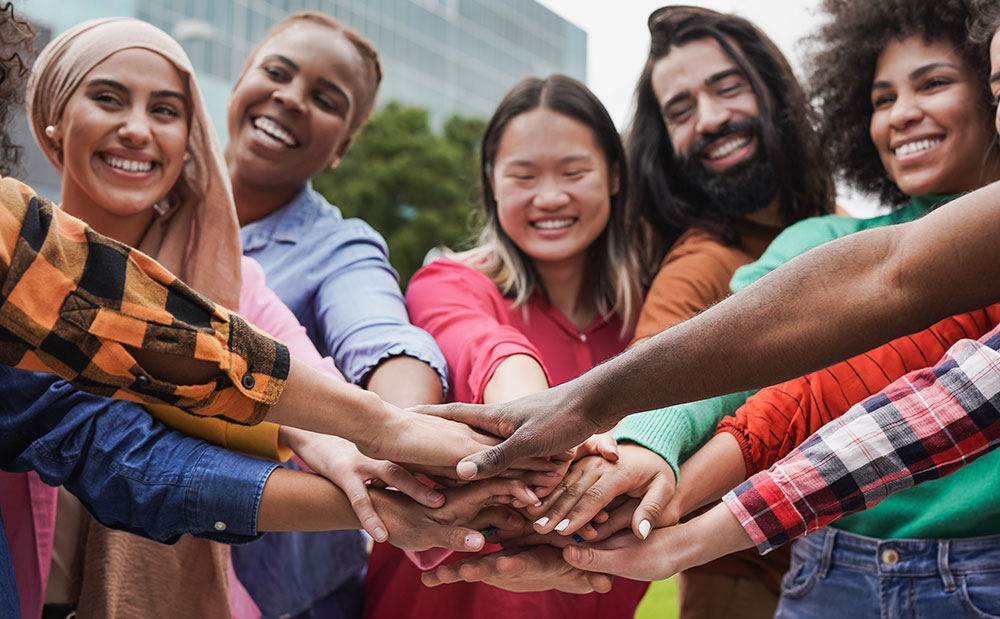
Community collaboration is the process of partnering and cooperating with other individuals and/or organizations to achieve a common goal. Although the process of collaboration may vary depending on the community, there are several common steps and practices.
Community Collaboration Process
- Define a common goal.
- A goal for community collaboration for culturally inclusive recipes is to develop and implement at least one culturally inclusive recipe which can be served in school meals.
- There may be other goals identified and agreed upon by community collaboration partners, or this one goal may be the sole purpose of the collaboration.
- Define roles and responsibilities.
- The role of a school nutrition director or lead in this process could be reviewing recipes from the community, considering how a new recipe would fit into the menu and production schedule, and ensuring the recipe meets nutrition standards and other program requirements.
- The role of a student or family member could be to share a recipe, help identify sources for specialty ingredients, participate in taste testing, and provide feedback on flavor and presentation during the recipe standardization process.
- The role of a school or community chef could be operationalizing the new recipe in the school kitchen and assisting in training school nutrition staff on preparing and serving the new item.
- Discuss and determine the decision-making process. Not all groups use the same process when making decisions. Customs and practices for making decisions may vary among cultural groups.
- For some, a majority vote may be the primary practice when choosing between two or more options. For others, consensus is the common practice.
- Other examples of decision-making practices include deferring to the subject-matter expert(s) or an established community elder; decision by an authority, such as the group leader; and randomized decision-making, such as pulling a name out of a hat. A defined decision-making process will set clear expectations for all partners in the collaboration.
- Establish a timeline. Determine a reasonable timeline to complete the goal, given the resources available and the partners participating in the collaborative work.
- Collaborating on new cultural recipes can take six to twelve months from the idea of incorporating a new culturally inclusive recipe until the recipe appears on the menu.
- Time is needed for the following tasks: invite community members to participate in the project; solicit and review cultural recipes; source new or specialty ingredients; test and adapt recipes; do taste testing with students and review the feedback; standardize and scale up recipes; train staff on the new recipes including any new ingredients or cooking techniques; market and advertise the new item; and roll it out in the school cafeteria.
- Establish a schedule of meetings. Meetings can be used to introduce and orient new collaboration partners, share updates and plan next steps, troubleshoot challenges and address concerns to advance progress, and celebrate successes on the way to your goal.
- Setting an agenda for meetings can help stakeholders prepare for sharing out their responsibilities, and hold one another accountable for assigned tasks.
- Celebrate success and acknowledge partners. Successes can be celebrated not only when the goal is reached, but also during the collaboration process. Acknowledge collaboration partners whenever possible and appropriate, and celebrate the small successes on the way to the final goal.
- Updates about cultural collaborations for school meals could be highlighted in a school newsletter.
- Community members could be acknowledged during school assemblies or special events.
- Students and staff participating in the cultural recipe project could be acknowledged in morning or afternoon announcements at the school.
